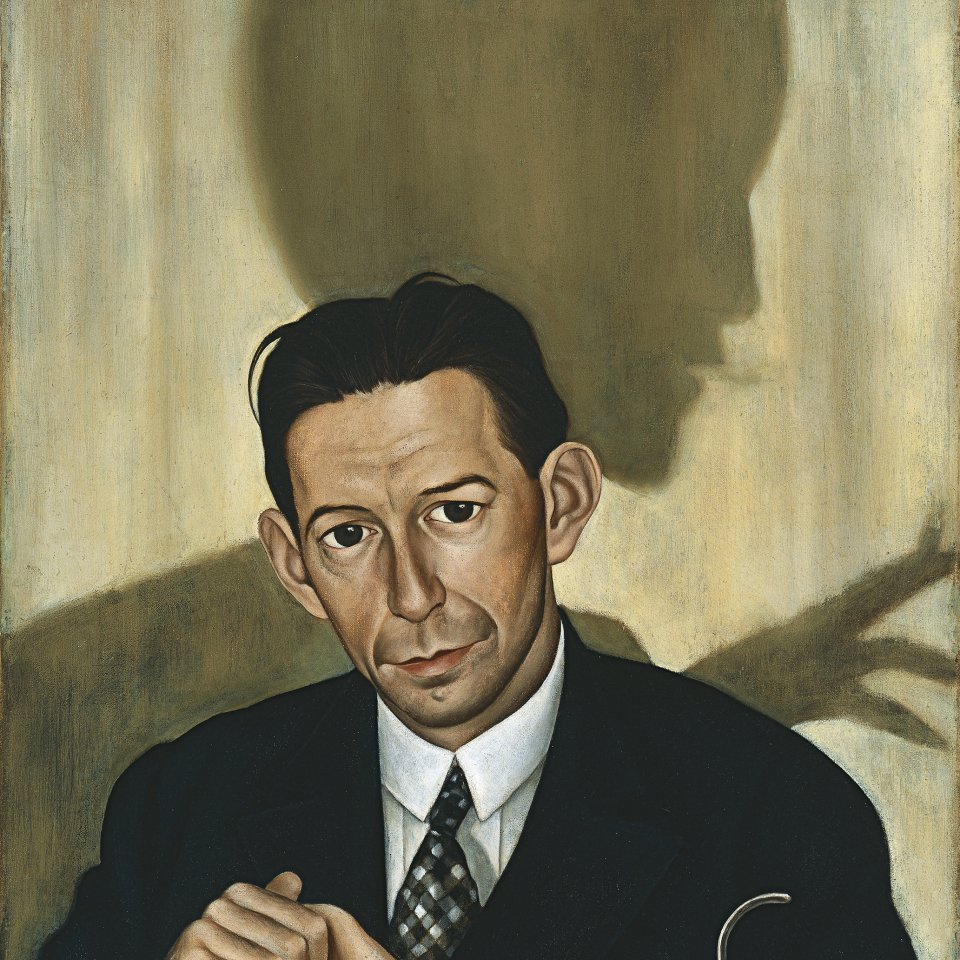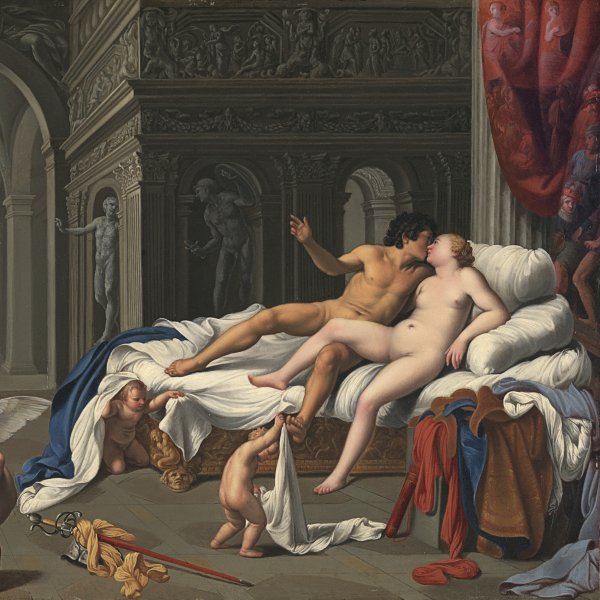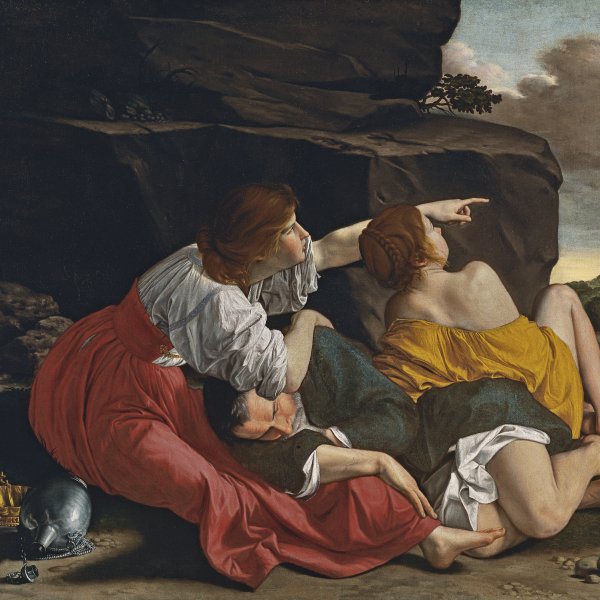Esau selling His Birthright
In the 1620s Utrecht was the most active city for the promotion of the Caravaggesque style in the Low Countries. It was the home of various artists who had travelled to Italy when young and had studied the works of Caravaggio in Rome. Their training had been completed by their knowledge of the works of Caravaggio’s Italian followers who had continued to explore his innovations following his flight from Rome, including Orazio Gentileschi, Bartolomeo Manfredi and Carlo Saraceni. The most important followers of these artists among the Utrecht school were Hendrick ter Brugghen and Gerrit van Honthorst.
Esau selling his Birthright was in a private collection in Lombardy where it was recorded until 1980. In 1958 Nicolson was the first art historian to associate the canvas with Ter Brugghen and included it in his monograph on that painter. He also dated the work and made various observations on the sources that may have inspired the composition.
Ter Brugghen was one of the first Caravaggisti to move to Utrecht and is considered the most loyal of Caravaggio’s Dutch followers. Here he depicts an episode from Genesis (25, 29‒34) just after Esau has sold his birthright. Jacob, hearing his twin brother swear the oath, holds out the bowl with the lentils. In addition to the two principal figures, Jacob seated on the left and Esau on the right holding a stick with dead game, the artist included their mother Rebecca holding a plate and the old, blind Isaac, their father, seated in the background on the right.
Ter Brugghen used a type of closed composition that is frequently to be found in his works, in which all the elements are directed towards the centre of the canvas where we see a candle that is the only light source. It illuminates the outlines and forms of the figures in an intense play of chiaroscuro. Another distinctive feature of the artist’s style is the importance that he gives to the hands, which are arranged in the foregrounds in a highly expressive manner. The colour range is also notably individual, comprising browns with ochre tints combined with green and violet tones. The northern tradition is also evident in the objects arranged on the table. The humble still life that divides the two groups of figures consists simply of a plate, a knife and two citrus fruit whose forms stand out against the pure white of the narrow table cloth.
The scene is directly inspired by works by the Bassano family on this subject, which are known through versions by various members of that family. These compositions set the scene in an enclosed, dark setting illuminated by the single light of a candle located near the principal figures: Jacob seated on the left with his back to the viewer and his face in profile, and Esau on the right taking the plate that his brother offers him. The standing Rebecca, also with a plate, and the seated, sleepy Isaac occupy secondary positions.
Two further versions of the present canvas are known, one in the Gemäldegalerie, Berlin, and the other in the Bob Jones University Collection in Greenville, South Carolina. The latter version involves workshop participation or that of a follower of Ter Brugghen. These two versions are closer to each other than to the present painting but some elements are repeated such as the figure and physiognomy of Rebecca. The three oils are also similar with regard to their compositions, although the similarities are more notable between the Berlin and South Carolina versions and the composition of the Bassano, particularly the figure of Isaac. In the present canvas Ter Brugghen changed the focal distance with regard to the figures, achieving a greater sense of volume and presence.
Mar Borobia
Emotions through art
This artwork is part of a study we conducted to analyze people's emotional responses when observing 125 pieces from the museum.













